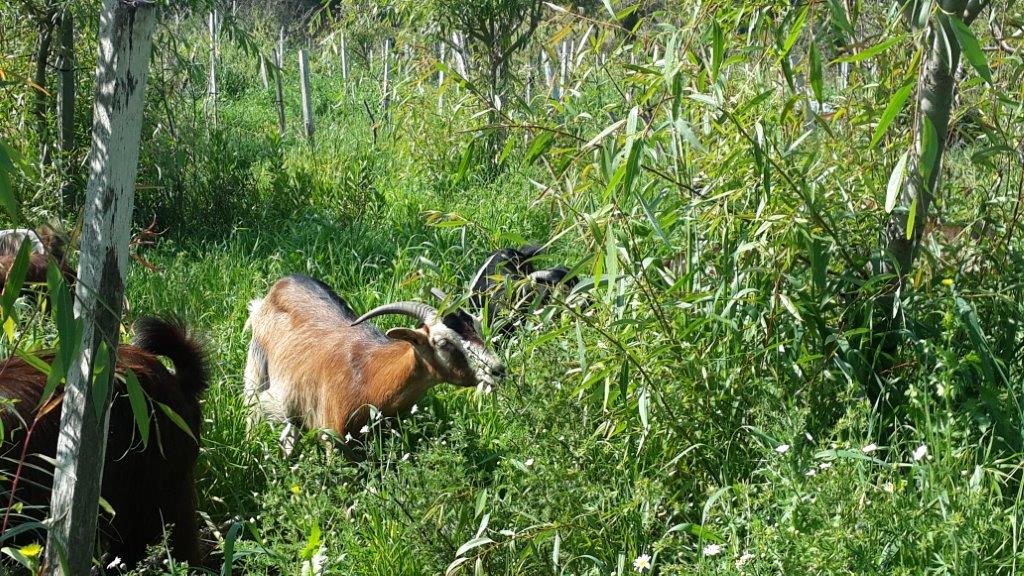months of the year; tolerance of unaerated, saturated soils; rapid vegetative growth from cuttings; and high accumulation of biomass over a number of harvests. Similarly, it tolerates high-density planting and is able to regenerate from its stem after a large number of harvests.
Research hypotheses:
- There are differences in the composition and content of unique metabolites among populations of willow
- There are populations of willow in Israel that can be grown with non-industrial treated wastewater
- Willow trees can be used as fodder for animals, and can improve their well-being by providing relief from inflammation
Research objectives:
- Genetic (DNA) and chemical (unique metabolites) characterisation of willow populations in the Land of Israel
- Studying the effect of irrigation with recycled water on tree productivity, unique metabolites and nutritional value
- Examining the contribution of the willow to the health of the animals consuming it
Research methods, procedures and results:
To genetically characterise the chosen trees, 17 leaf samples were collected for DNA extraction from trees growing in northern (Golan, Valleys, Carmel), central (Judean Mountains) and southern (Northern Negev) Israel; 17 samples were also taken from northern and central Jordan. Genotyping by sequencing and principal components analysis demonstrated the existence of three populations of willow in the Land of Israel. Not one of them belonged to S. alba; therefore, it was decided to treat the sample as a ‘complex of populations’ belonging to S. acmophylla. Moreover, characterisation of the unique metabolites in this sample using targeted and untargeted, advanced HPLC-MS-TOF identified three different clusters representing three different chemotypes of S. acmophylla. A complete match was found between the genotypes and the chemotypes of the willow trees in the sample. A relationship was also found between the population genotype/chemotype and its sensitivity to wheat rust; among the three clusters, two were resistant and one was sensitive to wheat rust.
A comparative experiment to examine the effect of water quality on indices of growth, unique metabolites and nutritional value took place at Ramat Hanadiv on the southern tip of Mt. Carmel.






